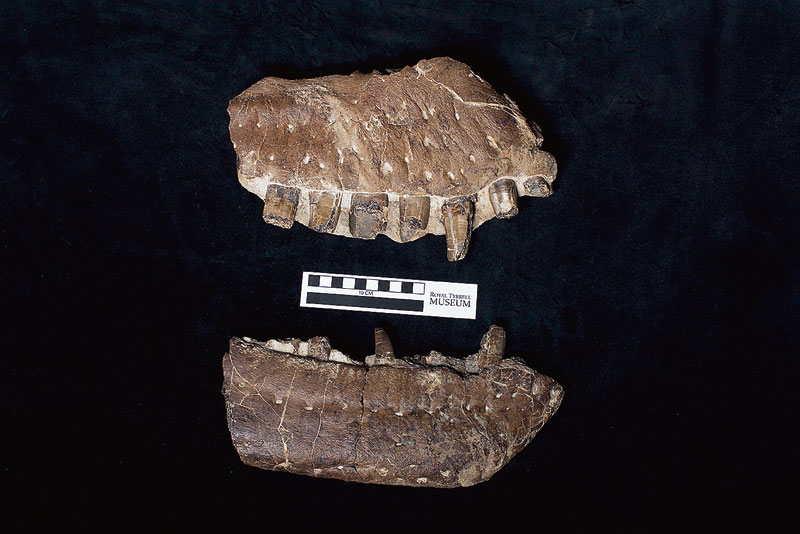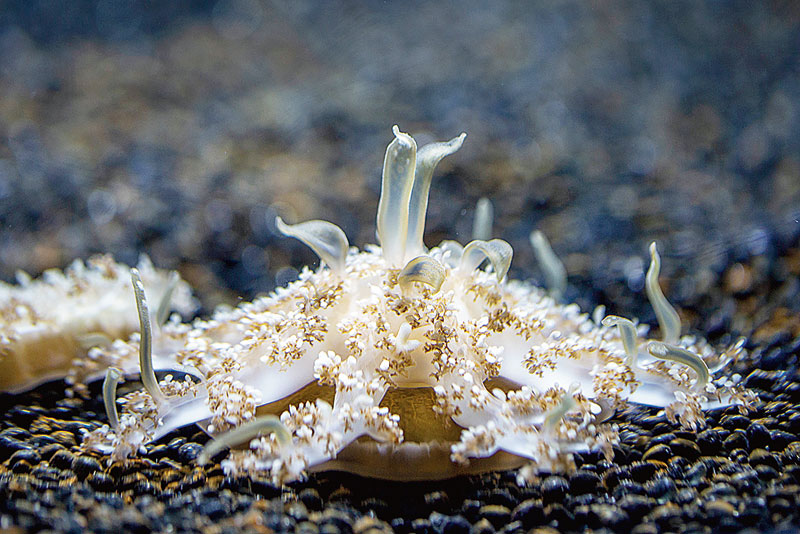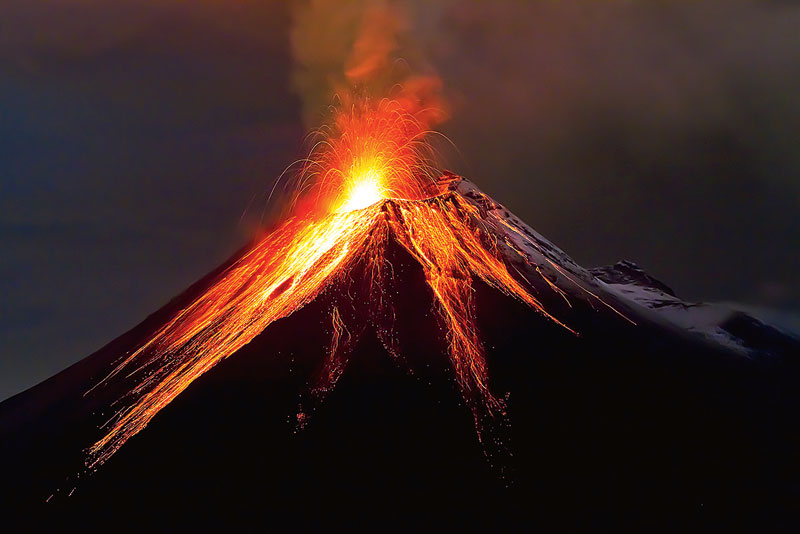How Indians survived Toba
A gigantic volcanic eruption at Lake Toba in Indonesia 74,000 years ago, is believed to have plunged Earth into a 1,000-year-long chill that snuffed out early humans in Asia and Africa. Now, evidence found on stone tools in the Son valley in central India suggests bands of hunter-gatherers not only survived the cataclysmic eruption but also turned out to be highly adaptable in the face of climate change. The study was published in Nature.

Thanatotheristes degrootorum, or the Reaper of Death NYTNS
T. rex ancestor
Paleontologists in Alberta have announced the discovery of Canada’s oldest known tyrannosaur: Thanatotheristes degrootorum, or the Reaper of Death. Though smaller than Tyrannosaurus rex, it was still 8ft tall. The new species was at least 2.5 million years older than its closest relatives, which may provide an insight into when the tyrannosaurs grew from small carnivores into apex predators. The finding was published in Cretaceous Research.

Upside-down jellyfish NYTNS
Stinging cells
According to a study published in Communications Biology, a species of upside-down jellyfish found in the Caribbean Sea, Gulf of Mexico, and warm parts of the western Atlantic acts like a mother ship in a space film — it emits tiny balls of stinging cells when threatened that swim around on their own, zapping anything in their path. These also stun and kill prey for the jellyfish.











